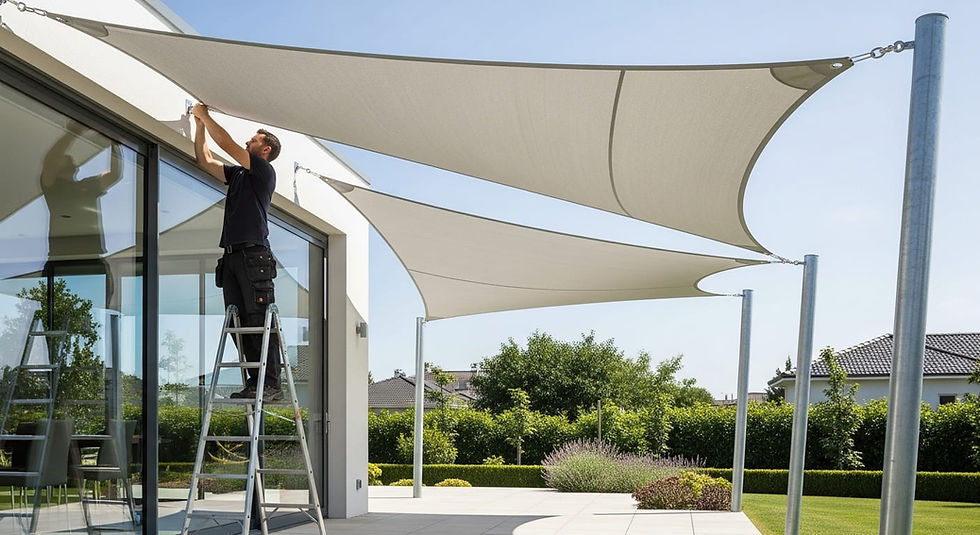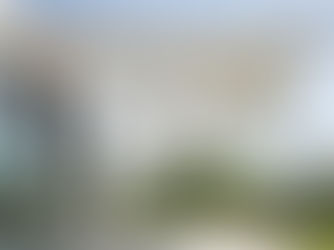Sturdy Shade Sails for Schools to Include a Shady Area for the Children
- ameliya lanne
- Nov 18, 2015
- 3 min read
Despite the fact that life on earth would be almost impossible without the presence of the sun and that there are several benefits that you derive from it, yet the sun also emits harmful ultraviolet rays. Since these rays are very bad for your skin, doctors generally advice children and aged people to stay indoors during the mid-days. But in schools, children play and attend classes in the open air also. For that shade sails for schools are installed by many school authorities. These shades not just protect them from the glaring sunrays, but they also ensure a colorful environment in pre-schools and Montessori’s.
The fabric and the standard: Following on the olden Roman practices of setting up the shade sails by mariners on the principles of how a sail works, there are several commercial manufacturers of these shades.
Most of the shade sails for schools are made out of flexible membrane that are anchored at several points and are easy to set up.
Usually, they are a permanent structure in most schools but make use of the non-permanent fabric material that are held up by fixing them to poles or even building edges either in a horizontal or in an angular way.
Shade sails for schools are available in geometrical patterns, different colors and designs, and school authorities can either buy or hire these sails for using regularly.
Leading manufacturers often take care to make the shade sails with the same standard as those that they build for yachts to combat the strong winds. Good quality fabric ensures high level of insulation, as the shade sails for schools offer a comfortable sitting zone during summer.
A useful construction:
The advantage of having the shade sails for schools is that the children get the safety and comfort of the shade under structures that are semi-permanent yet durable. Schools can provide the open air conditions for the children without compromising on their health issues without having to construct building structures. The playgrounds thus remain open spaces yet with the comfort of a shade with three sides open. The fabric that is used for this purpose is added with UV inhibitors that save the fabric from degradation for several years. The fabric is usually knitted fabric that makes it durable and capable of combating strong winds on the playgrounds.
Different variant of the sail: Apart from the sea compatible variant of fabric there are also several other options as the material available.
The PVC is a more expensive alternative to making shade sails for schools.
There are also good qualities of shade canvas sails that are available in the market though these may not be as durable as the other sail variant or the PVC and more prone to wear and tear. The canvas materials are usually not coated with the UV protection layer and are likely to fade away soon.
The modern shade sails vary in shapes, sizes, and colors, and usually schools install multiple signals to encompass larger areas by overlapping them.
For schools, the Anchorage forms an important part of the shade sails, as better anchorage means that the sail is fixed properly and it does not dwindle. All corners of the shades sails should have adjustable links that will lend greater support to the system though for the purpose of aesthetic some may opt for the triangular shape fixing. The location of the placewhere you wish to set up such a school shade sails also matter. If the playground is located on top of a valley that funnels the wind, it is ideal to have small and sturdy signals instead of covering a large area. According to the latest technology that is available, the present day shade sails make use of the inherent stretchability of thee fabric to create the three-dimensional effect. If you are looking for finest protective shade sails for schools and want to make shade sail protective against UV rays then please go through here to know more things.



















Comments